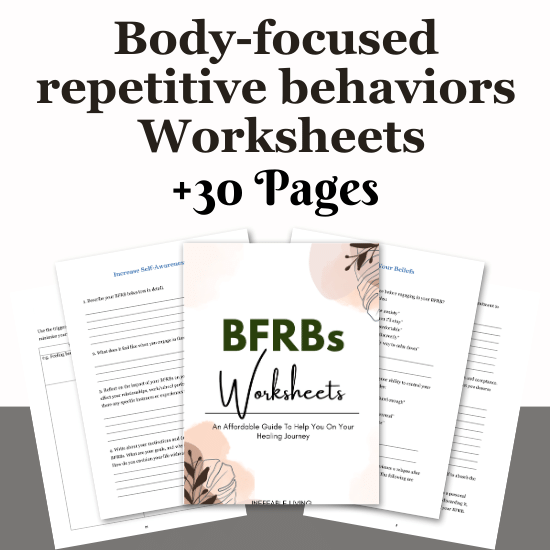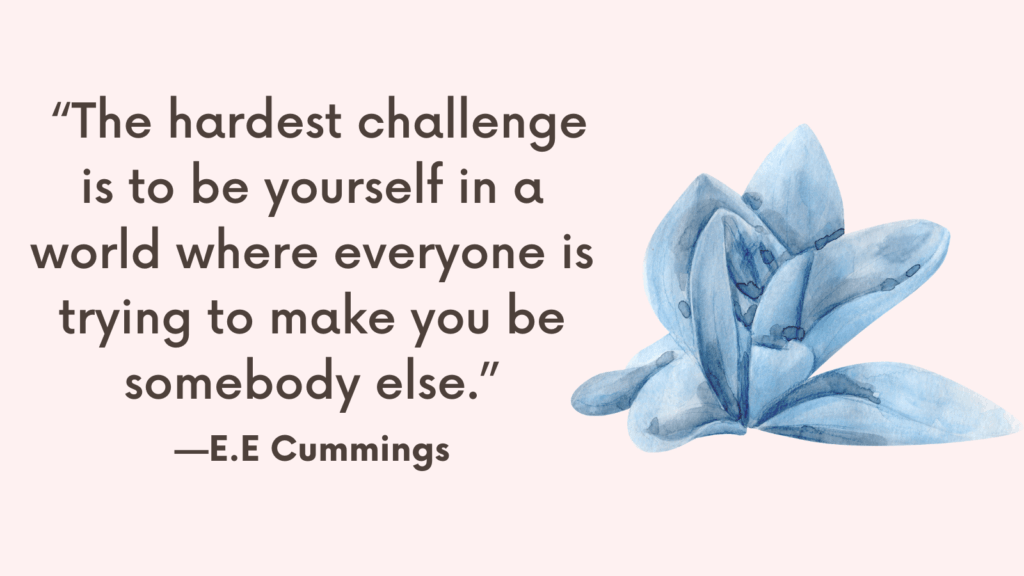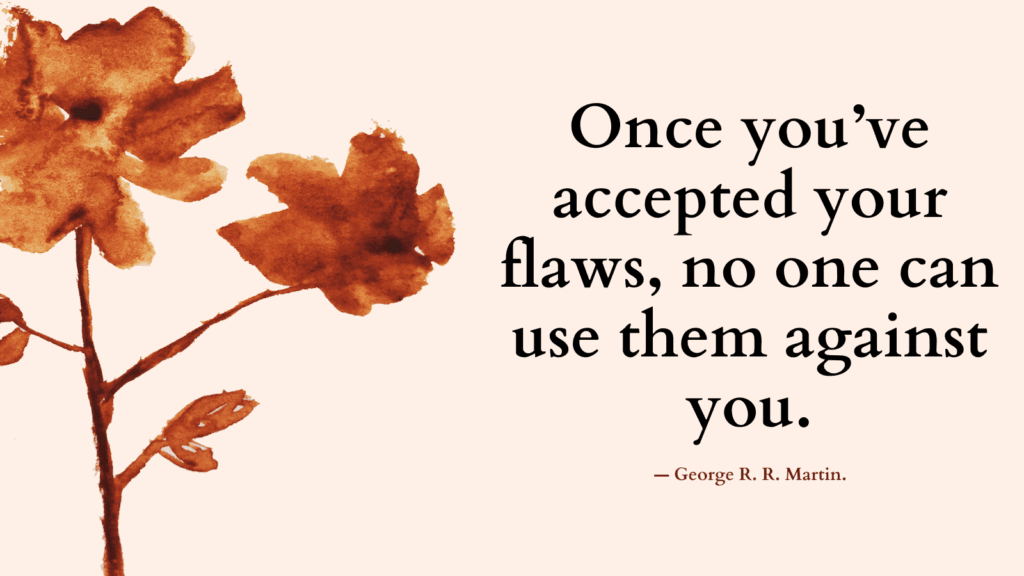Body-focused repetitive behaviors (BFRBs) are a category of mental health conditions characterized by compulsive actions that result in self-injury.
The two most common BFRBs are trichotillomania (hair pulling) and excoriation disorder (skin picking).
These behaviors often start in adolescence and can become chronic, causing significant distress and impairment.
Trichotillomania: Compulsive Hair Pulling
Trichotillomania, or hair pulling disorder, involves the repeated pulling out of one’s own hair.
This behavior is more than just a bad habit; it is often driven by negative emotions such as anxiety or tension.
Individuals with trichotillomania may pull hair from various parts of their body, including the scalp, eyebrows, and eyelashes.
The act of pulling can be ritualistic, with individuals seeking specific types of hair or the white root at the end of the hair strand.
The Cycle of Trichotillomania
The cycle of hair pulling typically begins with an urge that is difficult to resist.
This urge is often preceded by a buildup of tension, which is temporarily relieved by pulling the hair.
However, the relief is short-lived, and the cycle continues, leading to feelings of shame and frustration.
People with trichotillomania often try to hide their behavior, using hats or scarves to cover bald spots or pulling hair from less visible areas.
Related: Best 9 Body-Focused Repetitive Behaviors (BFRBs) Books
Automatic vs. Focused Pulling
Trichotillomania can manifest in two primary ways: automatic and focused.
Automatic pulling occurs without much conscious awareness, often while engaging in other activities like reading or watching TV.
Focused pulling, on the other hand, is a deliberate act to relieve tension or stress.
Both types serve the purpose of reducing mental discomfort, albeit temporarily.
Related: Trichotillomania: How to Overcome Hair-Pulling Disorders?
Excoriation Disorder: Compulsive Skin Picking
Excoriation disorder, or skin picking disorder, involves the compulsive picking of skin, leading to sores and, in severe cases, infections.
Common areas affected include the face, hands, and arms.
Like trichotillomania, skin picking is often driven by negative emotions and can become a ritualistic behavior.
The Impact of Skin Picking
Skin picking can result in significant physical damage, including scarring and serious infections like cellulitis.
The behavior often starts with picking at healthy skin or minor blemishes, which then turn into sores that are continuously picked at, creating a vicious cycle of damage and picking.
Hidden Behaviors
Individuals with excoriation disorder often try to hide their sores and scabs, similar to those with trichotillomania hiding their hair pulling.
This concealment can involve wearing long sleeves or using makeup to cover affected areas.
The behavior is usually chronic and can fluctuate in intensity, with periods of remission followed by relapses.
Related: Best 7 Body Dysmorphia Books
Other Body-Focused Repetitive Behaviors
In addition to hair pulling and skin picking, other BFRBs include nail biting (onychotillomania), lip biting, and nose picking.
These behaviors, while not always classified as disorders in the DSM, share similar characteristics of compulsion and self-injury.
Treatment Options for BFRBs
Effective treatment for BFRBs often involves behavioral therapies rather than medication.
Two common therapeutic approaches are habit reversal training (HRT) and decoupling.
1. Habit Reversal Training (HRT)
HRT is a well-established behavioral therapy designed to reduce BFRBs by increasing awareness of the behavior and developing alternative responses. Here are the key components and practical steps to implement HRT:
Awareness Training
The first step in HRT is becoming aware of the specific details of the behavior. This involves recognizing the situations, feelings, and cues that trigger the BFRB.
Keep a journal to track when and where the behavior occurs, what you were doing, and how you were feeling at the time. Note the intensity and duration of the behavior.
Identify patterns and common triggers. Are there specific times of day, situations, or emotions that lead to the behavior?
Competing Response Training
Once you are aware of the triggers, the next step is to develop and practice a competing response—an alternative behavior that is physically incompatible with the BFRB.
Select a behavior that uses the same body parts involved in the BFRB but in a harmless way. For example, if you tend to pull your hair, a competing response could be clenching your fists or squeezing a stress ball.
Practice the competing response multiple times a day, especially when you feel the urge to engage in the BFRB. The goal is to make this response a new habit that can replace the BFRB.
Relaxation Training
Stress and anxiety often trigger BFRBs. Learning relaxation techniques can help reduce the urge to engage in these behaviors.
Practice deep breathing exercises to calm your mind and body. Inhale deeply through your nose, hold for a few seconds, and then exhale slowly through your mouth.
Systematically tense and then relax each muscle group in your body, starting from your toes and moving up to your head. This can help reduce overall tension and stress.
Social Support
Having a support system can provide encouragement and accountability.
Talk to friends or family members about your goals to reduce BFRBs. Ask for their support and understanding.
Consider joining a support group for individuals with BFRBs. Sharing experiences and strategies with others can be motivating and comforting.
Related: Do I Have Body Dysmorphia Quiz
Decoupling
Decoupling is a behavioral intervention specifically designed for BFRBs. It involves altering the physical movement associated with the behavior to break the automatic cycle.
Awareness of Movement
The first step in decoupling is to become acutely aware of the specific movements involved in your BFRB.
Pay close attention to the exact sequence of movements involved in the behavior. For example, note how you reach for your hair or how you position your fingers before picking your skin.
Interrupt and Redirect
Once you are aware of the movements, the next step is to interrupt the behavior and redirect it to a different, non-damaging action.
Develop a new movement that interrupts the original behavior. For example, if you typically pull your hair with your right hand, practice moving your right hand to touch your left shoulder instead.
Consistently practice the substitute movement whenever you feel the urge to engage in the BFRB. Over time, this new movement can help break the automatic cycle of the original behavior.
3. Reinforce New Habits
Reinforcing new, healthy habits is crucial for long-term success.
Reward yourself for successfully using the new movement instead of the BFRB. This could be something small, like a treat or a fun activity.
Set achievable goals for reducing BFRBs and celebrate your progress. For example, aim to go one day without engaging in the behavior, then gradually increase the time.
Related: Top 5 Body Dysmorphia Exercises (Cognitive Behavioral Therapy For BDD)
Combining HRT and Decoupling
Combining elements of HRT and decoupling can be particularly effective for managing BFRBs. Both strategies emphasize awareness and developing alternative behaviors, making them complementary approaches.
Use awareness training from HRT to identify triggers and then apply decoupling techniques to interrupt and redirect the behavior.
Consistently practice the competing responses and substitute movements. Over time, these new behaviors can become ingrained, reducing the frequency and intensity of BFRBs.

Conclusion
Body-focused repetitive behaviors such as trichotillomania and excoriation disorder are serious conditions that can significantly impact an individual’s quality of life.
Understanding these behaviors and seeking appropriate treatment can help individuals manage their symptoms and reduce the harm caused by these compulsions.



